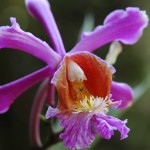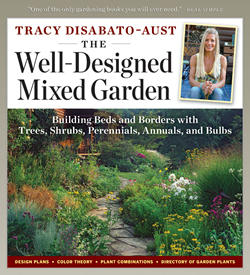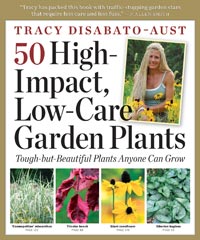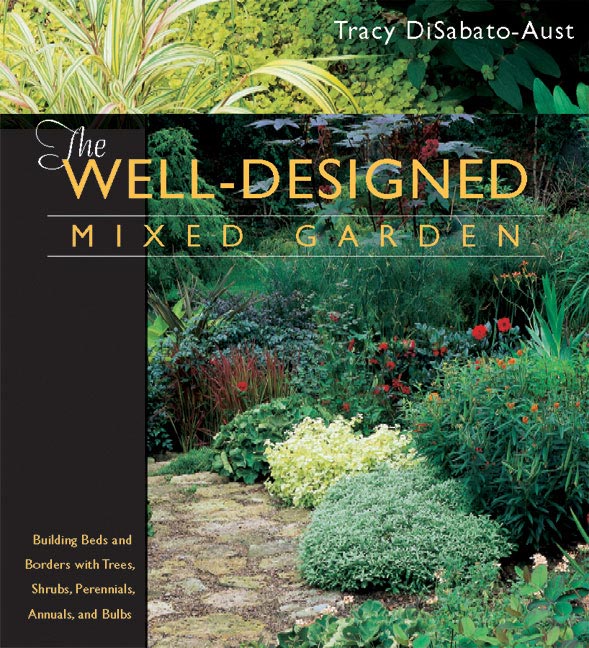South American Gardens and Landscapes: Lessons for North American Gardeners
Recently I had the opportunity to speak in Montevideo, Uruguay and Buenos Aires, Argentina. I was fortunate to also be able to visit several gardens there as well as tour Machu Picchu in Peru. I want to thank my hosts Pilar de Arteaga de Pereira, who worked diligently with me for 2 years to arrange this lecture, and her fellow members of the Garden Clubs of Uruguay as well as Sonia Blaquier and the members of the Horticulture Society of Argentina. It was a great honor to speak in both countries to such keen groups of gardeners about mixed garden design and color theory from my book The Well-Designed Mixed Garden. Also what a chance in a lifetime for my husband Jim and I to spend time in our hosts homes and gardens and get to know firsthand the life and culture of these kind, warm and generous people. Machu Picchu is such a sacred, majestic place that words can’t even describe its beauty and impact. Enjoy a few of my images and note the uncanny connections between the design elements of these ancient ruins and the design elements found in S. American gardens today.
Some Key Points
- The style of the gardens closely match the personality and style of the owners
- Outdoor kitchens were prevalent and expressive of the S. American gardener’s passion for life
- In Uruguay and Argentina form and line were key garden elements
- Incredible the connection between form and line in Peru at the Inca Ruins in Ollantaytambo and at Machu Picchu (terracing) and the form and line used in garden settings (steps and terracing)
- Note the framing of views at Machu Picchu and the framing of views/entrances in garden settings
- Enjoy the same forms of the mountains and rooftops at Machu Picchu as the shrub and topiary forms in an Argentinean garden
- Design Principles of Order (Balance & Mass Collection), Unity (Dominance, Repetition & Interconnection) and Rhythm (Repetition, Alternation, & Gradation) are prevalent in gardens and ruins.
- Spectacular studies of light and distance and its effect on color, texture and form are possible
- Key Plants: Orchids (over 300 species in Machu Picchu reserve), Bromeliads, succulents (Kalanchoe thyrsiflora, Aeonium arboretum ‘Atropurpurea’), Petrea volubilis (Bluebird Vine), Tea Roses, Eugenia, Photinia, Pittisporum
- Markets and Farming: Epitome of locally grown—everything is used from all parts of plants, to Llama fiber and dung, for dyes, weaving, compost and fuel etc. Crops include numerous beans, potatoes, and corn.
Comments Off on South American Gardens and Landscapes: Lessons for North American Gardeners





